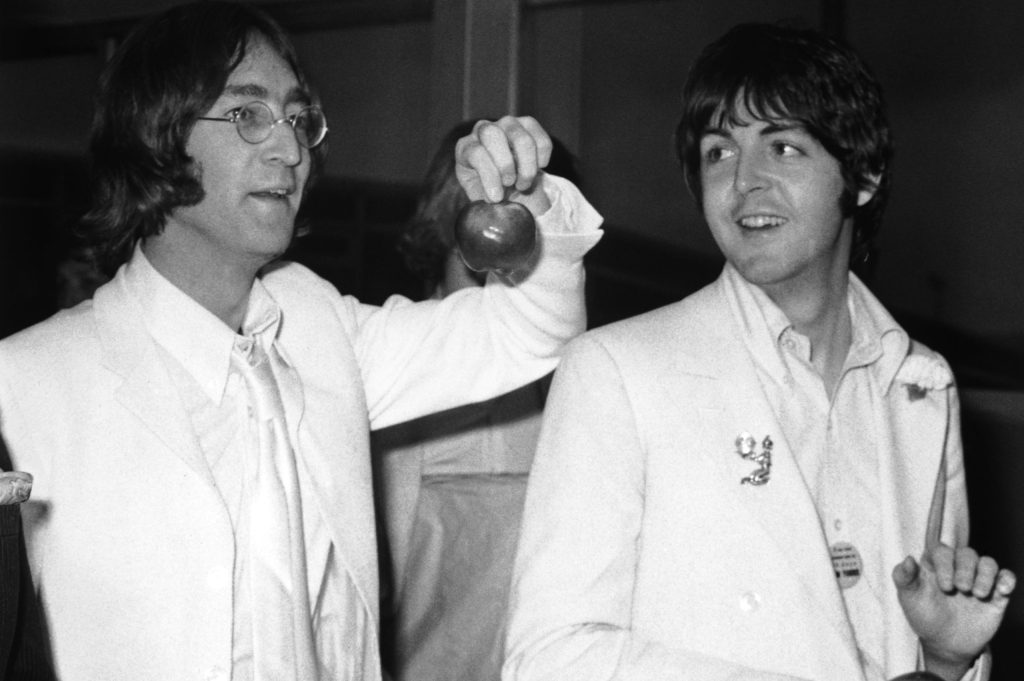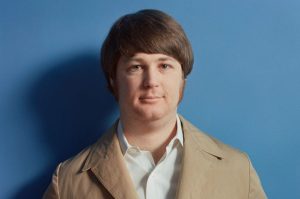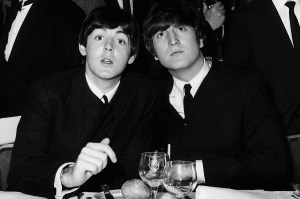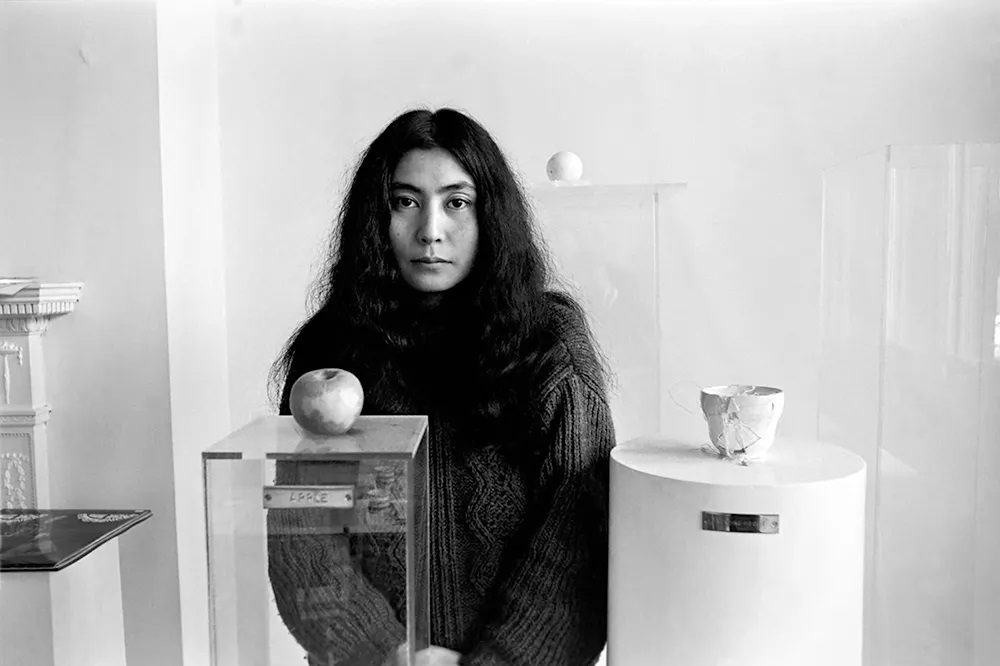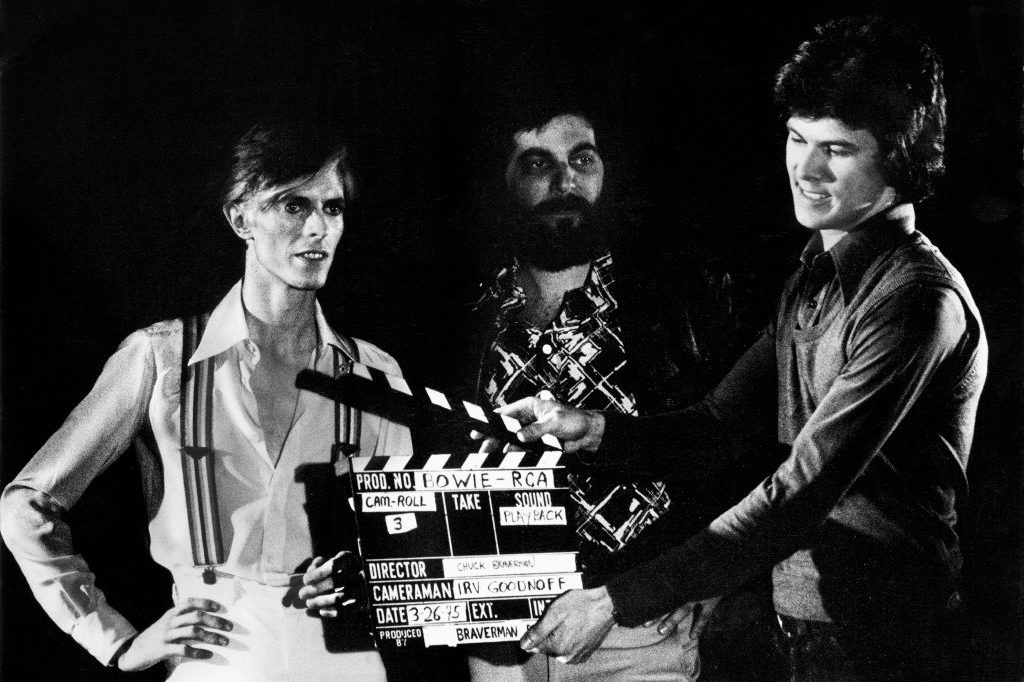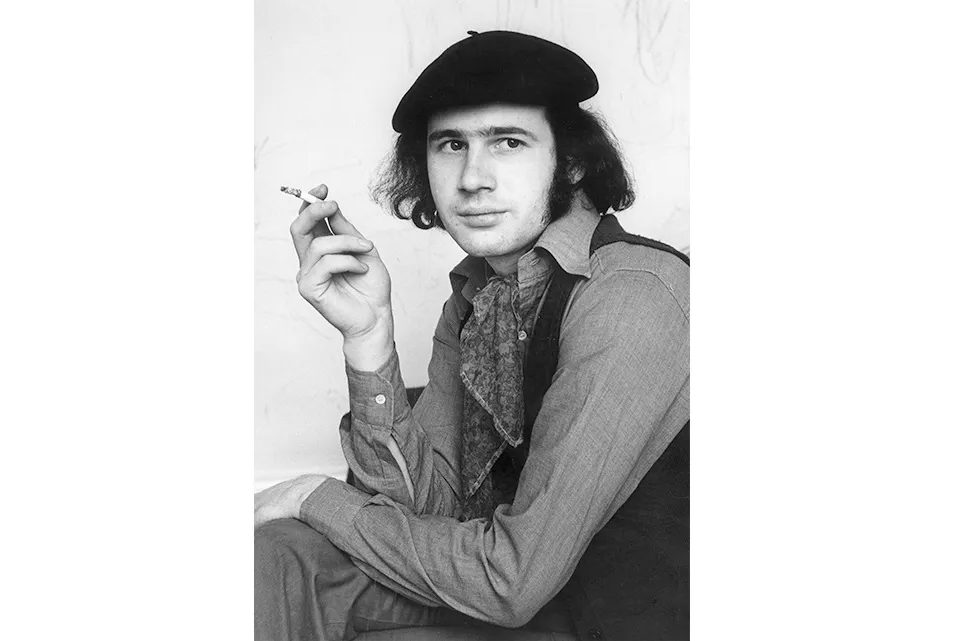The White Album
is one the greatest works of 20th century art, executed by the greatest exponents of the 20th century’s greatest popular and unpopular art: pop music. Which is why connoisseurs of this work of high magik know that there is nothing new to say about The Beatles, which, as everyone also knows, was The White Album’s official title. The minutiae of The Fabs’ mind-boggling State Of The Universe address from 1968 have been dissected and analyzed so completely that armies of middle-aged divorced male White Album necrophiliacs now roam the pub and bars of the West, clashing over the rallying cry, ‘But should it have been a single album?’
The subject is utterly exhausted — until now. For Paul and Ringo, and Yoko and George’s people, have decided to give you approximately 4,000 more hours of the White Album Anniversary Release, with bits’n’ bobs and demos ’n’ out-takes, covering six CDs and one Blu-Ray disc, not forgetting a lavish book. How Paul, ever the defender of The White Album as a double elpee, must be cackling at the irony. Gather round old laddies, for there is much to ponder here.
Philip Larkin got it wrong. The Sixties did not start with the first Beatles LP in 1963. Though the jury is out on the Lady Chatterley trial of 1960, I’d say the decade really began with the Profumo Affair of 1961, when the British defense minister’s mistress turned out to be sleeping with a Russian spy. The great cultural decade took off, however, on June 26, 1964 if you were American, or July 10, 1964 if you were British. Those were the release dates of That Chord, an approximate F major with added 9th (though no-one who was there can quite remember): the first notes of ‘A Hard Day’s Night’. Harrison’s single stroke is the first aural blast of the technicolor new age, so bright that you don’t even notice that the film of the same name is in black and white.
Color is what The Beatles were all about. They were anti-drab, turning the mundane into magic, the real into the surreal. Effortlessly clever and effortlessly anti-dumb, they were somehow unshackled from everything that had come before, and hard wired into the future present of their unfolding decade. Everything they did was technicolor, and got brighter – like God, until it reached critical mass around the time of 1967’s brilliant, proto-outsider art, TV flop, Magical Mystery Tour. After that, it got dark and pretty damned eerie. A new Beatles emerged out of the dank and the murk, and they spooked us. As brilliant as they had been in color, they were even better in black and white, and especially white. For that is what The White Album is. White as the walls of a gallery, white as heroin, white as cocaine, white as drugs, white as a ghost, and white as nothing.
The story is familiar, but let’s do the bullet points. In 1966, The Beatles stopped touring, exhausted by bad flights, run-ins with dictators, the ‘Bigger Than Jesus’ backlash, and the endless screaming. They made Revolver – moddish, speedy, psychedelic, backwards, brilliant. At the time, people said they were over. Instead, in 1967 they proved everyone wrong and made the ultimate eye-of-the-storm album, Sgt. Pepper’s Lonely Hearts Club Band, once considered among the greatest achievements of Western culture; now, not so much. Then, manager and guiding light Brian Epstein died.
Off they went to India, where they got mystical, got disillusioned, and got un-mystical. With John wanting to leave, Paul took over and badgered them into making Magical Mystery Tour. It was light years ahead of its time, so of course the viewing public hated it. A chastened Paul even went on British TV and apologized to the nation. John met Yoko, and they became the world’s premier freaky-deaky power couple, much to the annoyance of The Beatles’ mass of racist and misogynist fans. Then everyone had a lie down while John, Paul, George and Ringo (and Yoko) squabbled their way through what became known as The White Album.
Half a century passes, and it’s 1968 again. The world is once more in turmoil, and so am I, because there is now so much White Album to listen to on this anniversary — even records have anniversaries now — reissue. The full deluxe version, like the recent The Kinks Are The Village Green Preservation Society reissue, will cost you slightly more than a space shuttle, and is big enough to rent out to several families of Blue Meanies. If you really, really like listening to lots of versions of ‘Ob-La-Di, Ob-La-Da’, then this is for you. The show-stoppers, though, are Giles Martin’s new remix of The White Album and a sparkling clean up job on the excellent ‘Esher Demos,’ the draft versions of The White Album songs that the band recorded in May 1968 at George Harrison’s bungalow in Esher, near London.
As a musician, it’s bad form to diss the engineer. So I will say that Giles (son of George) Martin has done an exemplary job of a near-impossible task. The order to remix The White Album came down from the mountain. The Beatles’ somewhat ruthless business empire is surely aware that the band’s audience is getting older. Somehow, they have to re-sell this stuff to the kids. Retaining the essence of this hallowed piece of hi-fi art while somehow sprucing it up for a modern listening experience was always going to be a somewhat thankless job. Giles Martin has more than satisfied the brief.
So we have a cleaned-up White Album. The main difference is a wider stereo picture. ‘Back In The USSR’, a concept which for years seemed quaint but is now back on agenda, crashes in and you know you’re listening to a Modern Rock Album. Listening to The Beatles in headphones was once an eyebrow-raising experience. The original Beatles stereo was always notoriously off-kilter. Often, the whole band were bashing away in one channel, while the lead vocal and a rickety tambourine clattered incongruously away in the other channel. Giles Martin’s remix at least restores eyebrow equilibrium. The panning now approaches contemporary standards, though it is still slightly eccentric, presumably due to 1968 recording conditions.
Elsewhere, tambourines and percussion whose timing was originally only just on the right side of being on the fritz now sound like they have been Pro-Tooled into strict time. ‘Glass Onion’, ‘While My Guitar Gently Weeps’, and ‘Dear Prudence’ sound (almost too) spacious. As for ‘Helter Skelter’, the feedback guitar that used to sound like a muezzin’s last call for the bad-trip ghost train now sounds like a feedback guitar again. The elephantiasis-swollen drums now sound like they have even more severe elephantiasis, with added delay. And the long fade-out has a helluva a lot of audio tomfoolery to help you pick out the secret messages. It’s a good job that Charles Manson is dead.
The result: The White Album now sounds a bit like a Radiohead record. It’s all too loud and too clean, and therein lies the problem. The White Album was always a downer, in a good way. It was a badass bum trip through the murk and into the dread. It was the nightmare within the nightmare that you couldn’t wake up from, and it was rightly beloved for its flaws. This souped-up version sounds too polite for its own good. You will play this remix once.
You will play the Esher Demos more than once. Long available as bootleg recordings, but now spring-cleaned, the Esher Demos are the meat of the matter here. Everything and everyone are on groovy form. Acoustic guitars get thrashed, Ringo dutifully sorts out his box of maracas in the background, and Eric Clapton hasn’t been invited. It’s like a Scouse Manson Family singalong in the Surrey stockbroker belt. Best bit? Paul singing ‘Back Into The USSR’ like a choir boy when a voice (John or George?) clearly belches out the word ‘Wanker.’ Almost worth the price of admission alone.
As for that parlor-game man-talk on whether The White Album should have been a single disc: I’ve always been inclined to make it a triple LP. I will not lose a second of it, and I won’t have a word said against ‘Revolution 9’. Come on! What other piece of musique concrète is so hooky that you can you sing along to it?: ‘Number nine, number nine. The Twist, The Watusi. Riiiiggght, riiiggght…’ Just add the 1968 singles (‘Lady Madonna’/‘The Inner Light’ and ‘Hey Jude’/‘Revolution’) and the outtakes (‘What’s the New Mary Jane’, ‘Not Guilty’, ‘Sour Milk Sea’, ‘Circles’, ‘Junk’, ‘Child Of Nature’), then maybe even throw in ‘You Know My Name…’, and you have the greatest triple album ever made.
To remix, reissue, rehash, re-evaluate, and then recoup seems to be the way of the heritage rock industry. Maybe those two words, heritage rock, are the key. I used to revile the old-dude Mojo magazine culture that preserves an ‘acceptable’ middle brow canon of rock ’n’ roll. A few years ago, I might even have suggested taking a break from The White Album: Instead of reissuing it, why not delete it from the catalogue for a few years? Why not live with a little loss for a while?
But now I’m not so sure. These are artless and careless times. We are governed by uncultured dunces, empty vessels who worship Mammon and have no sense of rhythm. We must do all we can to preserve the great works of art. And The Beatles’ White Album is an unruly, dread-filled masterpiece.
Luke Haines is an English songwriter.



